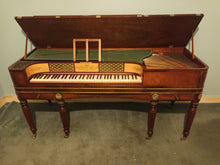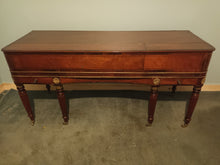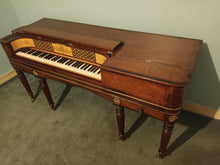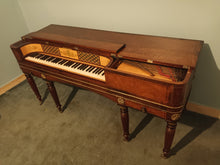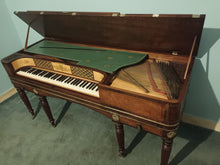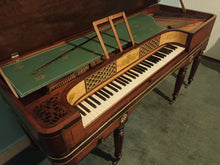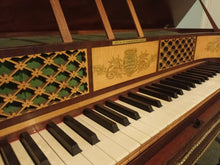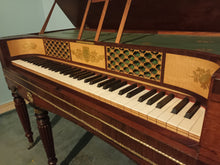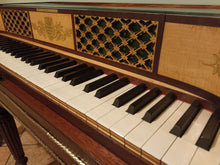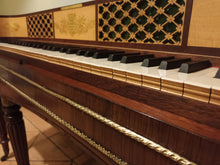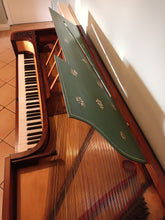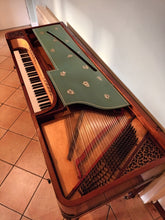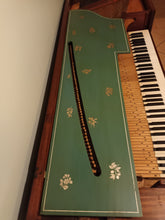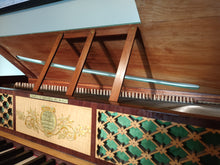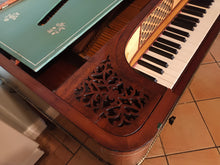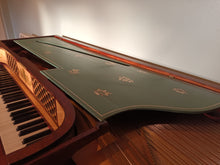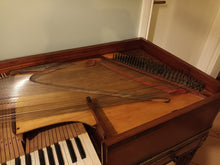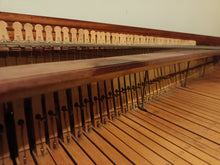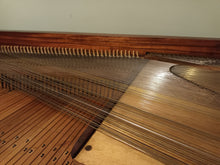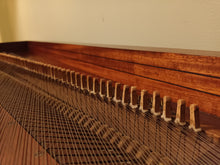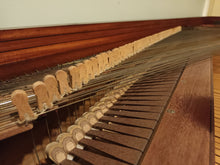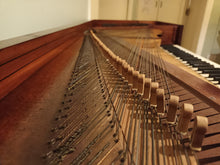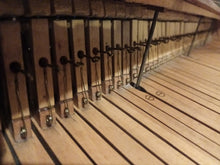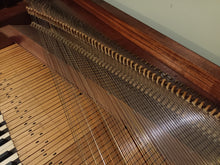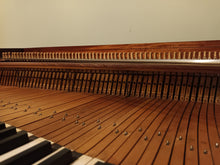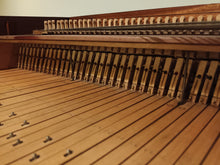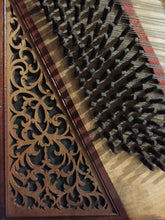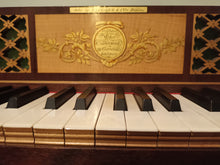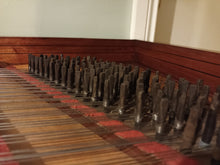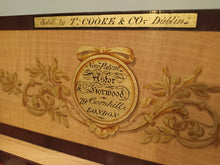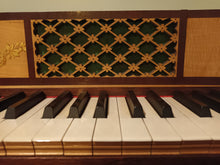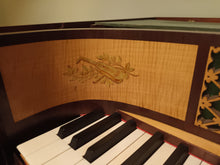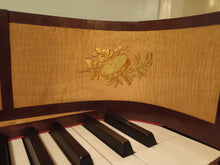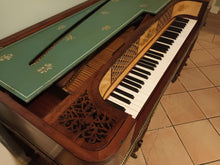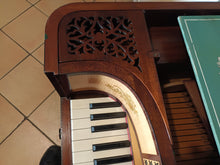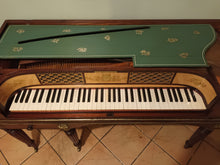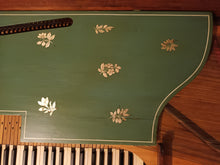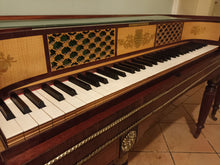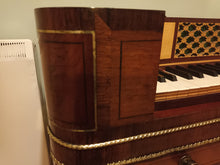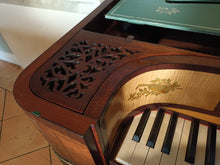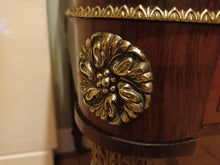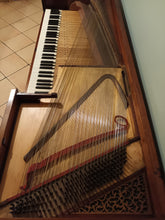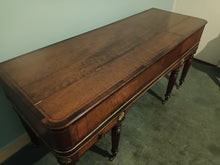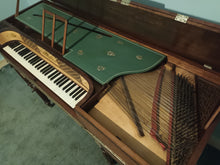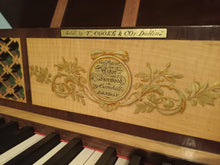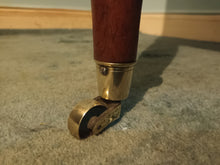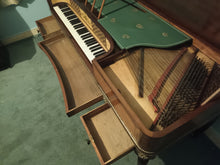
Make: Astor & Horwood
Type: Mahogany-Brazilian Rosewood, Ivory, and Gilt Iron
Place of Residence: Longford, Ireland
An original, rare and sought after Astor & Horwood (1815-1824) Square piano, with serial number 5170. An identical model belonged to Alfredo Keil who, in 1890, used it to compose the patriotic march A Portuguesa, which was adopted as the Portuguese national anthem in 1911. There is a photograph of it here in a museum in Lisbon, Portugal. Author: Rick Morais
This file is licensed under the Creative Commons Attribution-Share Alike 4.0 International license.
Work Completed in 2023 by O’Briain Pianos:
Case sympathetically treated using oils and waxes. Removal of dust and dirt, but no stripping back the veneer or French polishing. Strings, dampers, and keys cleaned, dampers re-aligned, keys and dampers regulated, brass re-finished, two legs had new mounting blocks/screws installed as the originals were missing, soundboard cleaned and lightly oiled, decor fabric cleaned, hinges cleaned and oiled, castors wheels cleaned and oiled.
Currently all the keys function and the piano requires specialist tuning. It is very much a museum piece to be admired for centuries to come but we do not recommended it for learning the piano on.
Mechanically, it is perfectly intact, remarkable for its age and few exist in as good a shape. There is some wear to the hammer heads, but a normal amount. Some strings are missing, but you still have the notes in question on account of previous re-wiring.
Square piano tuning is specialized and those who tune them are mainly in the UK and across Europe, but not in Ireland. It could benefit from a tuning, but is not necessary, and there is also the possibility of the tuner breaking some original strings during the tuning process.
Astor & Co was an Anglo-American firm of instrument makers and publishers, founded by George (Georg) Astor and John (Johann) Astor, sons of Jacob Astor, a merchant from Mannheim.
After moving to London they founded George & John Astor (c1778-1783) at 26 Wych Street. John left the company and moved to America in 1783. During the period 1796-1826, the firm was known as either George Astor or Astor & Co., trading out of 79 Cornhill and 27 Tottenham Street.
By the 1900s, the firm was also publishing sheet music and instruction manuals for the flute. Between 1815 and 1819, the business at 79 Cornhill used the name Astor & Horwood, from 1824 to 1831 this changed to Gerock, Astor and Co and from 1831 to 1836 it was known as Gerock & Wolf (the latter probably reflecting George Astor's death).
Brief biography: Instrument maker firm (1796-1826)
Data Source: https://www.horniman.ac.uk/agent/agent-2954/
The history of the Astor family is as long as it is famous. Originally from Waldorf, Heidelberg, the family moved to England in 1778. John Jacob Astor, the younger brother, travelled to Baltimore in 1783, taking with him a stock of flutes to sell. Remaining in London, George Astor established himself as a music instrument maker at 26 Wych Street, Drury Lane, in 1794.
In 1798 George moved to 79 Cornhill Road to establish music publishing along with his new Instrument Manufactory. In 1800, the Astors made and supplied musical instruments to His Majesty's Army and the next year trading commenced as George Astor & Co.
Data Source: https://www.ohta.org.au/organs/organs/Private.html
National Museum of Americian History
This square piano was made by Astor & Horwood in London, England around 1815-1822. George Peter Astor had a successful, piano, flute, and music publishing business at 79 Cornhill in London. After his death in 1813, Astor’s wife continued the firm until 1815, when Horwood took it over, and the business became Astor & Horwood until 1824. The piano is serial number 5881 and has a compass of FF-f4, English double action, brass and iron strings, double-strung, no stops or pedals, and a wood frame in a mahogany case.
Data Source: https://americanhistory.si.edu/collections/search/object/nmah_605826
More Data Sources: http://mewzik.com/research/pianos/farmington/
https://www.ebay.com/itm/113873460155
https://england.prm.ox.ac.uk/noajax-individualsf8e3.html?i_l=W&i_id=1227















































